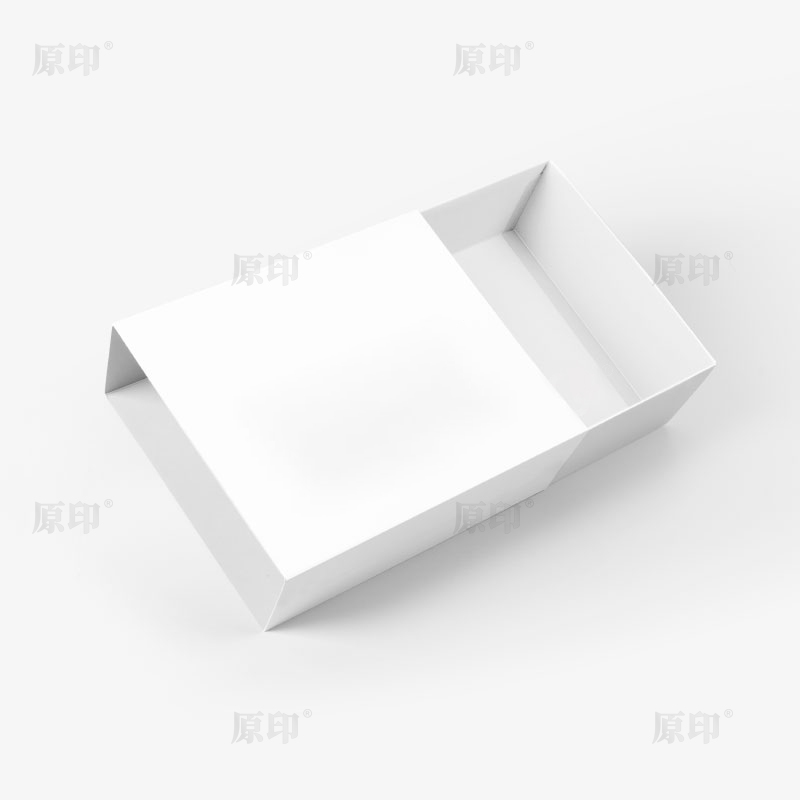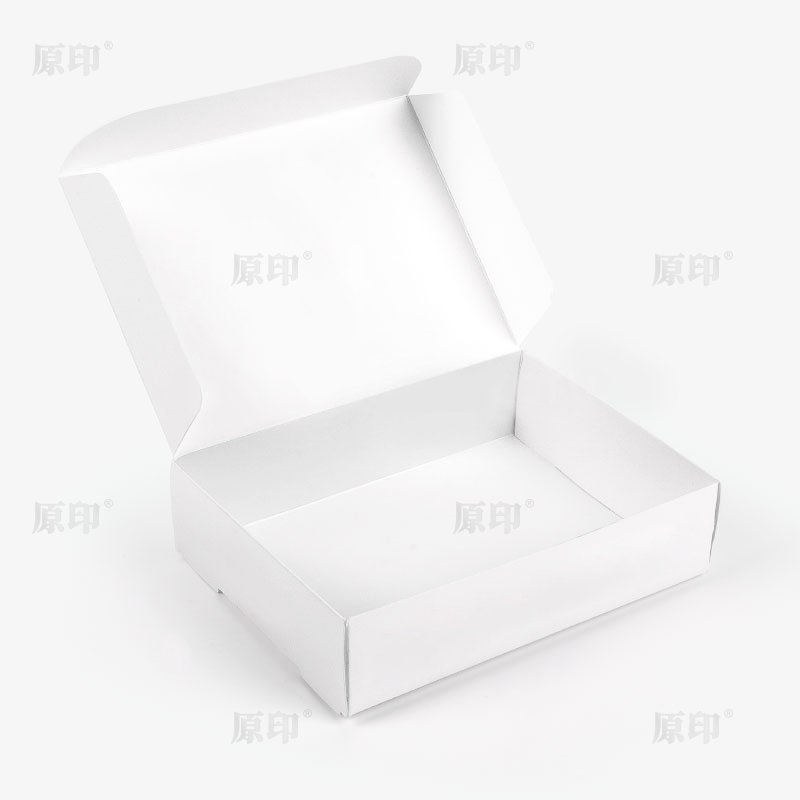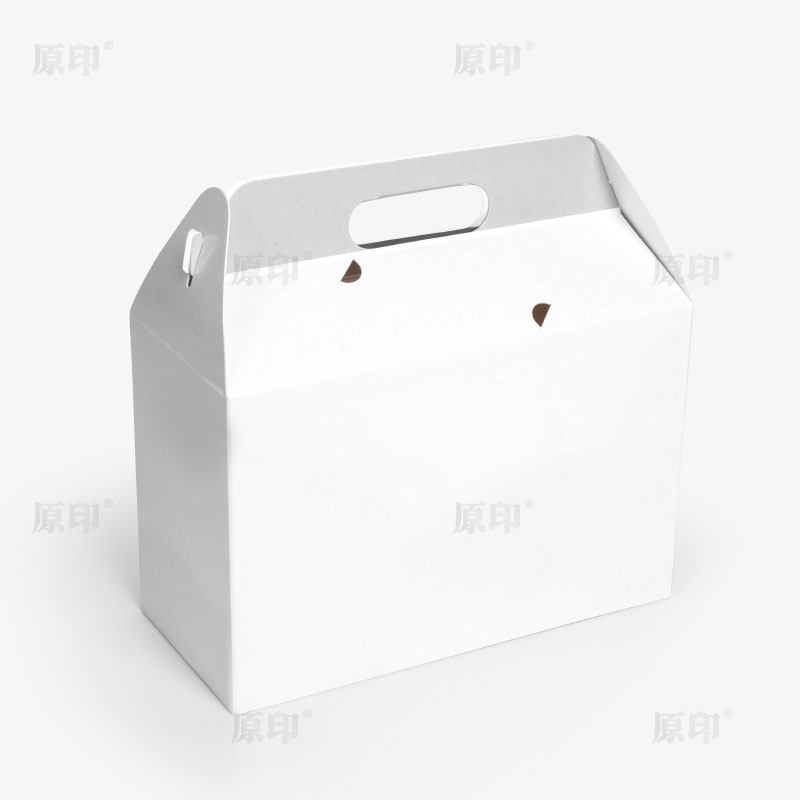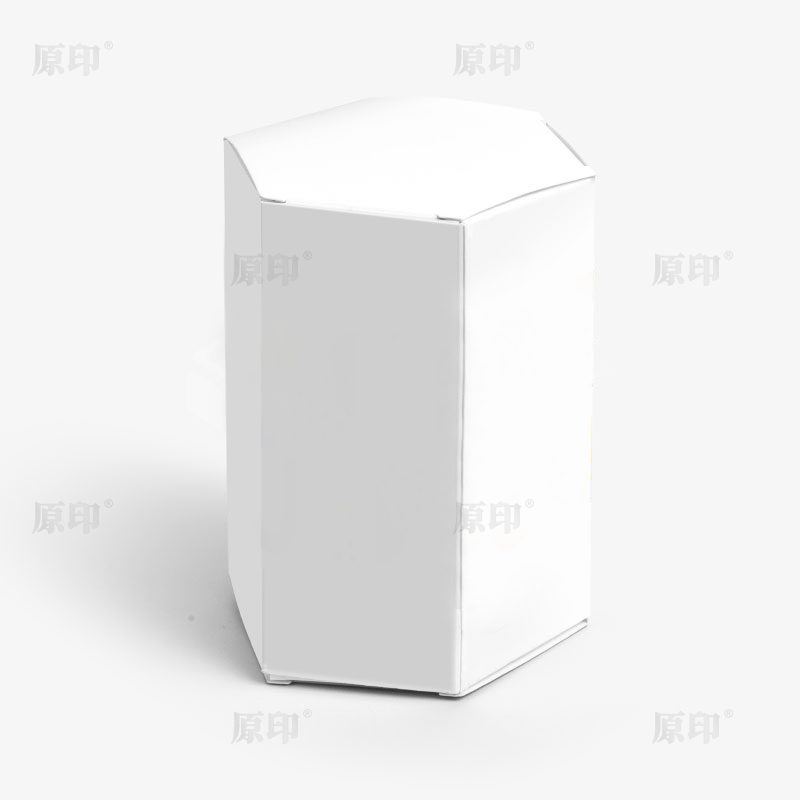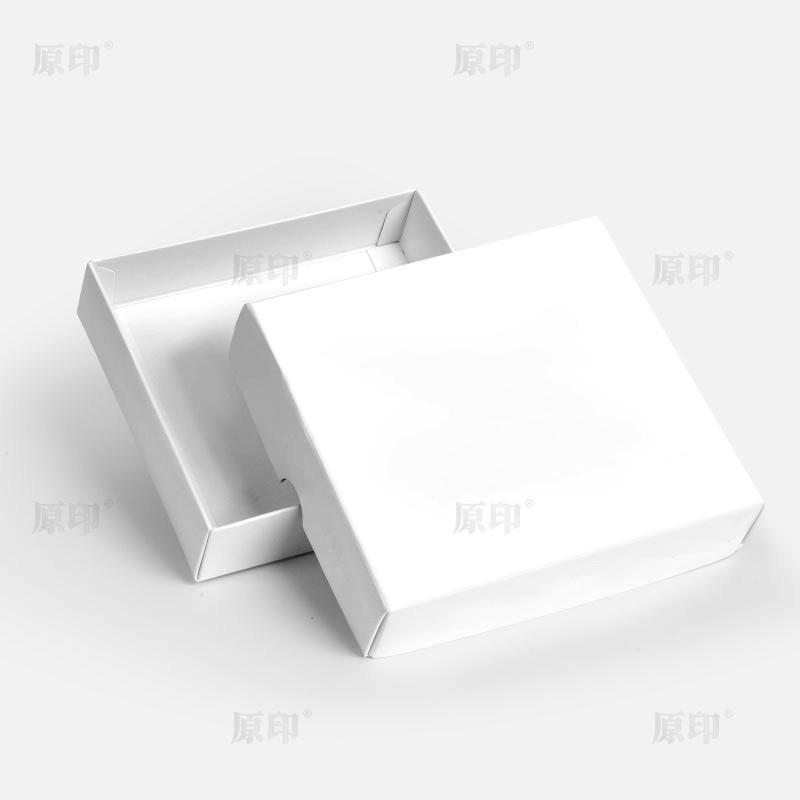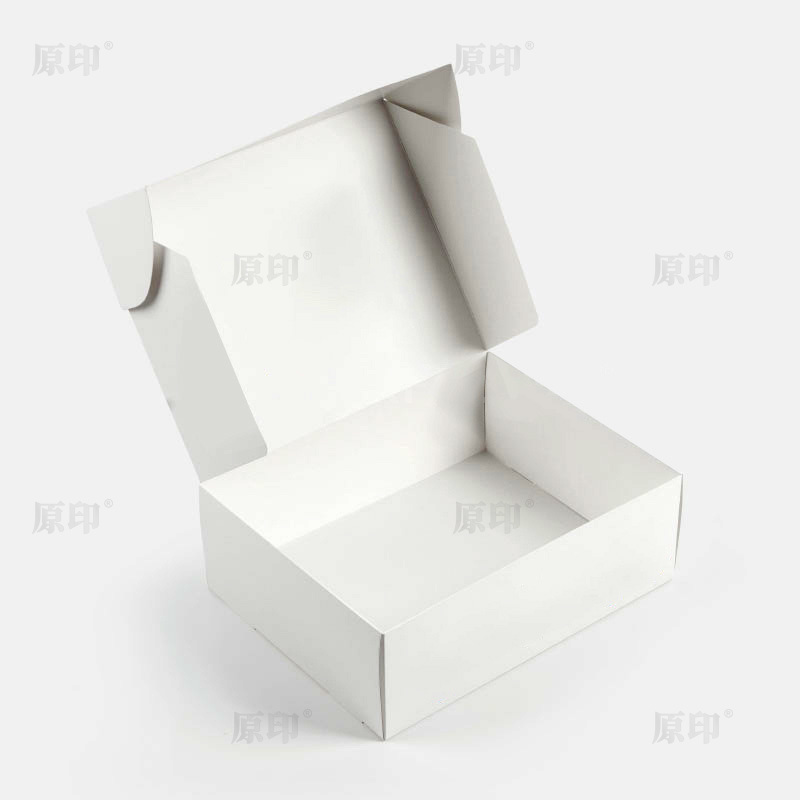The Role of Printed Window Patching in Luxury and Retail Packaging Design
In the modern retail landscape, packaging plays a vital role that extends far beyond the simple function of protecting products. It has evolved into a key marketing tool that communicates brand values, attracts consumers, and enhances the overall purchasing experience. Among the many innovative packaging techniques available today, printed window patching packaging has become a favorite in both luxury and retail markets. By combining premium printing with transparent window designs, it successfully bridges the gap between visual appeal and product visibility. This article explores how printed window patching contributes to luxury and retail packaging design, emphasizing its aesthetic, functional, and marketing advantages.
1. Understanding Printed Window Patching Packaging
Printed window patching packaging refers to a process in which a transparent plastic film—usually made from PET, PVC, or biodegradable PLA—is applied to a die-cut window opening in a printed paperboard or carton. This allows consumers to see the actual product inside the box while maintaining structural integrity and premium aesthetics.
The “printed” aspect adds another layer of sophistication. Designers can incorporate branding elements, metallic inks, embossing, or spot UV finishes around or over the window area, creating a seamless blend between visibility and artistic presentation. This makes it ideal for industries that rely heavily on visual appeal, such as cosmetics, confectionery, electronics, and luxury goods.
2. Enhancing Product Visibility and Consumer Trust
One of the primary reasons printed window patching packaging is so effective in retail is that it allows shoppers to view the product without opening the box. This transparency builds trust, as consumers can instantly confirm the color, texture, or quality of the item inside.
For example, in the luxury chocolate or perfume industry, seeing the product through a clear window evokes confidence and emotional connection. In contrast to fully enclosed boxes, window packaging reduces the psychological distance between consumer and product. This direct visibility reassures customers about the authenticity and value of the brand—an especially important factor for premium or high-priced items.
Moreover, in retail environments flooded with choices, visual accessibility helps products stand out. Shoppers are more likely to purchase an item they can partially see, rather than one hidden behind opaque packaging.
3. Elevating Brand Image and Luxury Perception
Luxury brands constantly strive to create a multi-sensory packaging experience that aligns with their identity. Printed window patching allows designers to balance minimalism with sophistication. For instance, a matte-finished black box with a crystal-clear PET window provides a striking contrast that communicates exclusivity and elegance.
When combined with high-quality printing techniques such as foil stamping, embossing, or soft-touch lamination, the effect is both tactile and visual. It helps the packaging reflect luxury attributes like precision, craftsmanship, and refinement.
In addition, the transparency of the window allows for strategic product framing. Designers can control exactly which part of the product is visible—perhaps showcasing a logo, a specific texture, or a luxury emblem—reinforcing the brand’s design narrative.

4. Functional Advantages and Protection
While aesthetics are critical, functionality remains equally important in packaging design. Printed window patching provides structural durability while maintaining product visibility. The transparent film serves as a barrier against dust, moisture, and contamination, protecting delicate or high-value products during transport and handling.
Unlike open window designs, patching ensures that products remain secure and sealed, which is essential in sectors such as food, healthcare, and cosmetics. The added layer of plastic also contributes to the rigidity of the box, giving it a more sturdy and premium feel.
For luxury packaging, this combination of beauty and protection is crucial. Customers expect not only an elegant appearance but also a sense of safety and perfection when they unbox the product.
5. Customization and Printing Innovation
Modern advances in printing and die-cutting technology have greatly expanded what can be achieved with window patching packaging. Brands now use creative shapes, layered effects, and 3D designs to make their packaging unique.
For example, a luxury perfume box may feature a curved window that follows the bottle’s silhouette, while a retail electronics box might use multiple patch windows to highlight various components. With digital printing, brands can also produce limited-edition packaging runs with high-resolution graphics and precise alignment between print and window.
The result is a visually cohesive design that reinforces brand consistency and supports marketing campaigns, whether on physical shelves or in online product photos.
6. Sustainability Considerations
Sustainability has become a key concern for both consumers and brands. Traditionally, window patching used non-recyclable PVC films, which posed environmental challenges. However, recent innovations have led to the widespread adoption of eco-friendly materials such as biodegradable PLA and recyclable PET.
Some manufacturers have also introduced water-based adhesives and solvent-free lamination methods to reduce carbon emissions during production. These advancements allow brands to maintain the luxurious appearance of window patching while demonstrating environmental responsibility—a factor that resonates strongly with modern consumers.
Additionally, the lightweight nature of paperboard combined with thin film materials reduces shipping costs and energy consumption, further enhancing sustainability profiles.
7. Applications in Luxury and Retail Sectors
Printed window patching packaging has proven highly versatile across industries:
- Luxury goods: Perfumes, watches, and jewelry often use window patching to display premium craftsmanship while keeping products protected.
- Food and confectionery: Chocolates, cookies, and bakery items benefit from clear visibility that enhances appetite appeal and freshness perception.
- Cosmetics: Lipsticks, skincare kits, and beauty products use transparent windows to display shades or textures.
- Consumer electronics: Headphones, chargers, or gadgets use patch windows to show design details and authenticity seals.
In each case, the packaging becomes part of the brand storytelling process, where the visual experience begins long before the product is opened.
8. Future Trends in Printed Window Patching Design
Looking forward, several exciting trends are shaping the future of window patching packaging:
- Smart Packaging Integration: QR codes and augmented reality (AR) can be printed near the window, allowing customers to scan for interactive experiences or authentication checks.
- Minimalist Luxury: Simpler designs with subtle window accents will dominate the premium market, emphasizing elegance through restraint.
- Hybrid Materials: Combinations of paper, fabric textures, and biodegradable films will enhance both luxury appeal and sustainability.
As technology continues to evolve, printed window patching will become more intelligent, eco-conscious, and personalized.
Conclusion
The role of printed window patching in luxury and retail packaging design goes far beyond mere aesthetics. It represents a harmonious balance between visibility, protection, and brand storytelling. By allowing consumers to see the product while maintaining a sense of exclusivity, it bridges the emotional gap between brand and buyer.
In an era where consumers value both transparency and design sophistication, printed window patching stands as a powerful solution that enhances trust, amplifies shelf impact, and strengthens brand identity. Whether used for luxury cosmetics, gourmet foods, or high-end accessories, this packaging technique will continue to shape the future of retail presentation—where beauty meets function, and innovation meets emotion.

